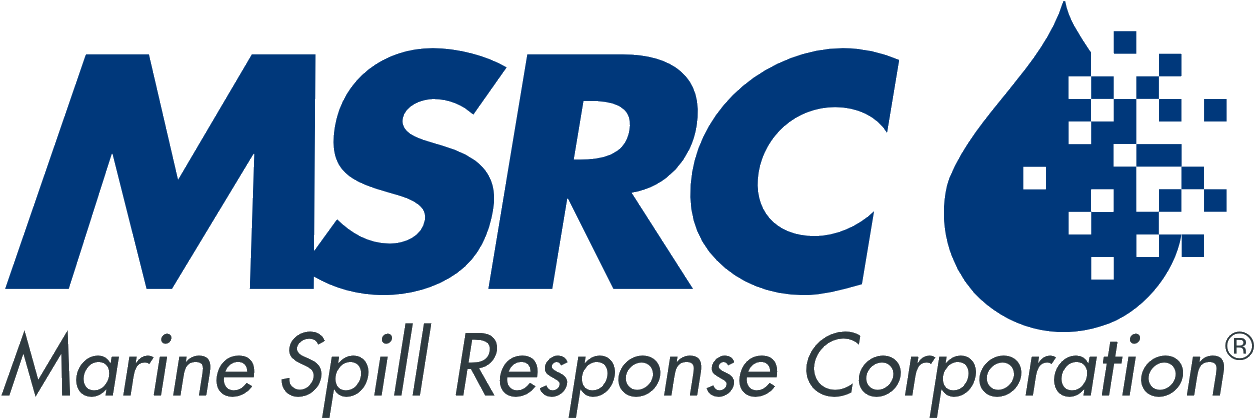MSRC assists companies with exploration and production operations with reliable, credible oil spill response capability. We offer the broadest spill response capabilities of any U.S. OSRO, with equipment strategically placed and maintained in a readiness posture. Our teams of expert responders are trained in spill techniques for a full spectrum of crude types, applicable to a variety of marine and inland environments. A vetted, national network of STARs contractors serve as a force multiplier to quickly and cost-effectively offer a scaled response to the size of the incident.
MSRC’s original portfolio of oil spill response equipment in the Gulf of Mexico was specifically designed to respond effectively to deepwater incidents offshore.
MSRC’s seven 210 ft Responder Class vessels, 240k+ barrels of dedicated offshore storage, 120K+ gallons of dispersant, and 150k+ feet of ocean boom strategically located in the Gulf of Mexico meet the OSRP requirements of the largest worst-case-discharge (WCD) scenarios in the Gulf. In addition to this equipment in the region, MSRC can cascade dedicated equipment and experienced response personnel from other coasts for sustained offshore events, as we did for Deep Water Horizon.
As of 2019, MSRC provides OSRO coverage for 90%+ of the barrels of oil produced in the Gulf of Mexico as well as 95%+ of the worst-case discharge barrels for wells drilled.
MSRC’s portfolio of oil spill response equipment is tailored to respond to incidents on the continental shelf as well as in deepwater.
In addition to our 210 ft Responder Class vessels, MSRC also has smaller fast response vessels or FRVs that are ideal for responding to nearshore events under tighter timelines per USCG response planning requirements. MSRC’s 150K+ ft of ocean boom, 100+ gallons of dispersant stockpile, and 240k+ barrels of dedicated offshore storage are important assets for shelf operators to cite in their OSRPs. MSRC not only provides OSRO coverage to significant E&P operations on the shelf in the GOM, we also cover 100% of the shelf operations off the coast of California.
To meet the growing interior response needs of our E&P Customers with onshore operations, MSRC has augmented its STARs contractor program to obtain OSRO classification in all of the interior Captain of the Port Zones. We identify, vet and train local contractors in and around E&P onshore activities in remote areas of the interior U.S. to meet the inland planning requirements and effectively respond to oil spill incidents.
Our experienced coastal response team acts as a ‘strike force’ to be cascaded to an interior incident and provide supervision and oversight in directing contractor resources in an effective response. For larger, sustained inland spill incidents, MSRC’s nearest coastal equipment can be transported by road to arrive within 24-48 hours.
In order for offshore E&P operators to receive Approved Permits to Drill (APDs), they must file an Oil Spill Response Plan (OSRP) that meets the response resource (equipment and personnel) planning requirements per OPA-90 regulations. For offshore operators, the Bureau of Safety and Environmental Enforcement (BSEE) is the regulating authority that reviews these OSRPs, and third-party “plan writers” assist Operators with developing and filing the plans.
To avoid permitting delays, it is important for offshore operators seeking to obtain an APD by a particular deadline to begin the contracting process with MSRC two to three months in advance of filing their OSRP. This is especially important for operators with larger WCD scenarios (200K+) or prospects located in sensitive areas of the Gulf like Garden Banks, as MSRC’s dedicated storage capacity and dispersant stockpile are particularly relevant to securing OSRP approval without delay.
MSRC can be cited in OSRPs for:
- Aerial Observation
- Average Most Probable Discharge (AMPD)
- Maximum Most Probable Discharge (MMPD)
- Worst Case Discharge (WCD) W1, W2, W3
- Shallow water cleanup
- Shoreline protection and cleanup
- Dispersants

